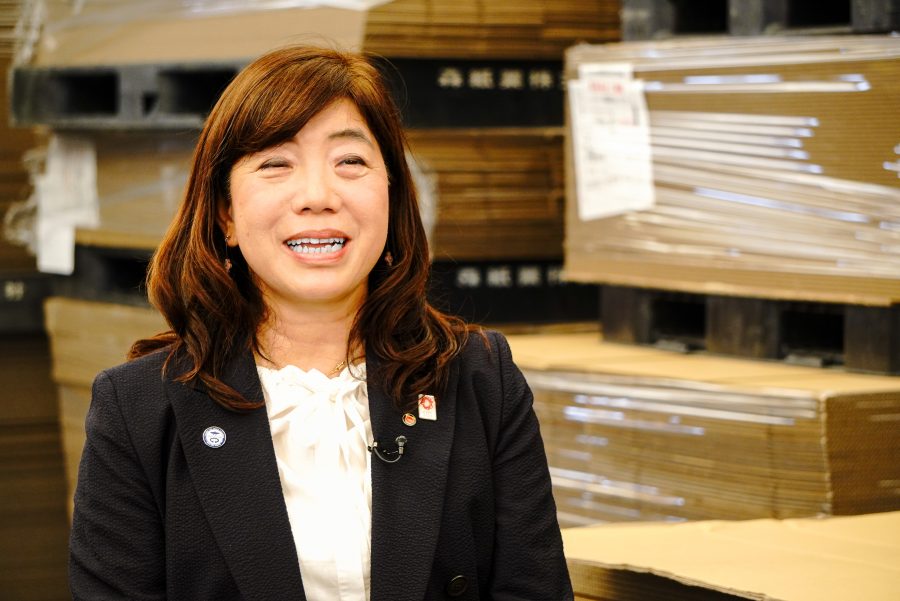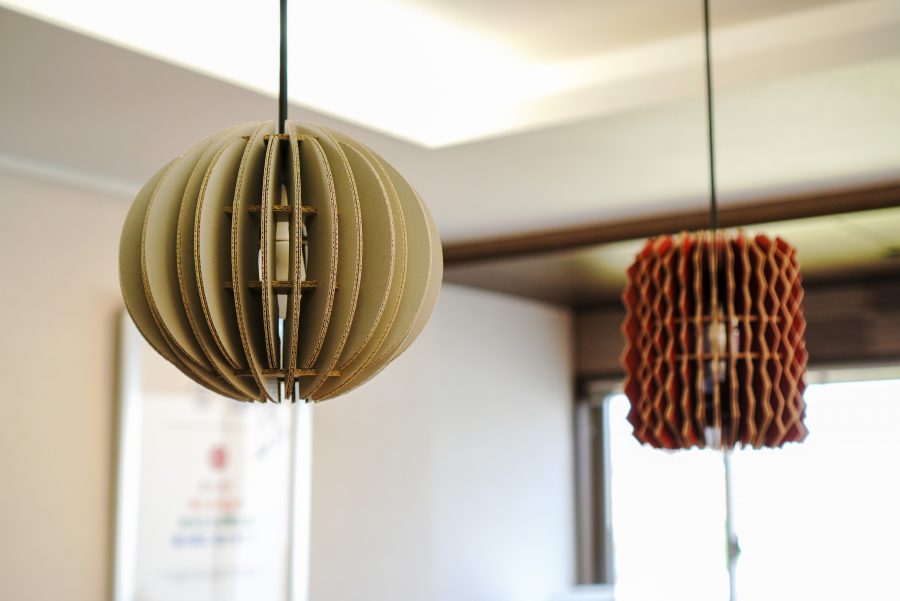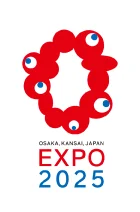
At the Expo 2025 Osaka, Kansai, Japan, a wide range of futuristic exhibits will be showcased. Among the display fixtures, a display stand made from recycled paper, known for its light weight, high strength, and flexible workability, has been selected. This corrugated cardboard piece is set to redefine the concept of display fixtures. Takagi Hoso in Katsuragi City, Nara Prefecture has collaborated with art university students to create innovative designs.
The Sustainable Generation is a general incorporated association formed by young business leaders who aim to leverage Nara’s history for regional revitalization. For Mika Takagi, a board member of the association, it was very timely for the association to participate in the Co-Design Challenge. “This is a great opportunity to showcase the potential of cardboard. We want to design the future using this environmentally friendly material with a recycling rate of around 100%,” she thought. Without hesitation, she proposed creating a display stand that many people, both domestically and internationally, could see.
Takagi has succeeded her father, Masatoshi, the founder and president, in the corrugated cardboard processing business. The company’s main factory, which employs over a hundred people, is renowned for its technical prowess in mass-producing boxes for a wide range of items, from tiny light bulbs to motorcycles, products that other companies often decline to handle. Additionally, the company has consistently won industry contests for the past six years, demonstrating its exceptional design capabilities.
While metal and wooden display stands are generally known for their stability and strength, they are heavy and difficult to set up. On the other hand, cardboard display stands are lightweight, foldable for transportation, and can be assembled by a single person. They can be reused and have a smaller environmental impact. While some people may have concerns about their weight or water resistance, Takagi said, “That’s a thing of the past. Now, cardboard offers strength and safety that are on par with other materials. It can even be used to make furniture like beds, desks, and chairs.” The company has agreements with three nearby cities to provide ready-to-assemble beds and toilets for use in evacuation shelters during disasters. In the 2016 Kumamoto Earthquake, they delivered these products to the disaster-stricken areas using their own company trucks.
Takagi aims to do more than just create display stands that complement the exhibits; she wants to “dramatically change the concept of cardboard.” The design team includes Takagi, the art director Hiroyuki Nakajima, and three art university students specializing in product design. Typically, the design process begins with a specific exhibit in mind, but in this case, the exhibit itself has yet to be determined. “It’s challenging, but we want to balance practicality, such as safety and load-bearing capacity, with the fresh sensibility that the students can bring to the design,” says Nakajima. Takagi envisions this project as a stepping stone toward discovering “new possibilities and value for cardboard.”
“The Expo 2025 is just a checkpoint, or rather for us, it’s the starting point for the future,” Takagi says. This sentiment is also reflected in the experience-based event that she will implement at the company’s main factory as part of the Co-Design Challenge.

*The display stand at the Expo site differs from the photo as it is still under design.

Share this article


